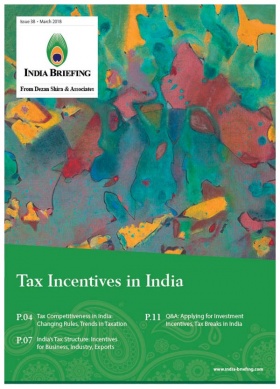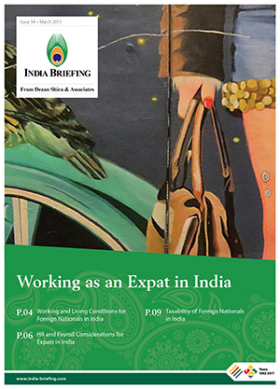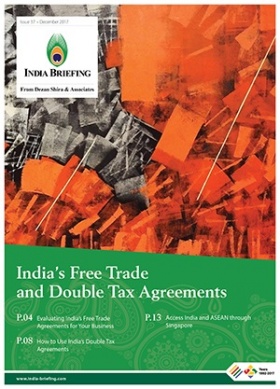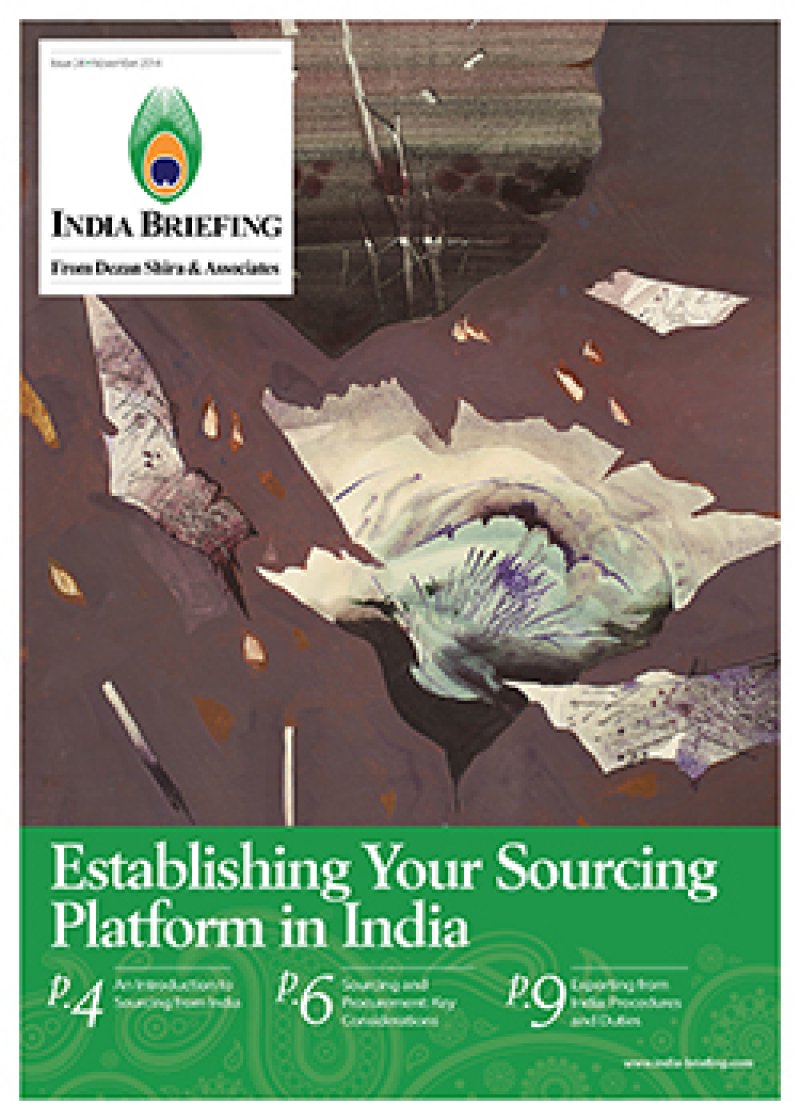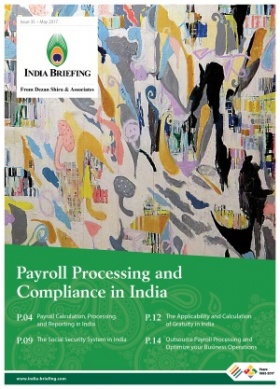India’s Industrial Water Rates and Supply
In February this year, the state of Gujarat drastically reduced its water supply – to industries – as sourced from the Narmada dam. The dam supplies water for domestic, agricultural, and industrial use in large parts of Gujarat. The regulatory body overseeing this supply, the Sardar Sarovar Narmada Nigam Ltd (SSNN), announced that industries in Gujarat would only receive 0.06 million acre feet (MAF) of water this summer, against the previous 0.2 MAF.
In addition, Gujarat’s Central Water Commission (CWC) announced cuts for the agricultural sector in the state, stating the government’s inability to supply any water for irrigation. Starting March 2018, water supply from the Narmada dam will be prioritized for drinking purposes.
Gujarat is a key manufacturing hub in India, and the proposed water cuts is likely to impact the revenues of companies investing in the state.
Such shortages and cuts highlight the challenges in India’s industrial water supply management; moreover, their intermittent nature reflect India’s continued dependence on unpredictable annual monsoon trends.
Water cost by state in India
With the exception of interstate water disputes, state governments in India regulate all provisions regarding water supply.
The cost of water is determined by charges applied by the municipality for piped water or fuel/power charges for water transported by other means.
Consumers in India are divided into two categories – domestic and non-domestic consumers. Industries and businesses fall in the latter category; they also pay higher charges than government and semi-government institutions.
Some of the charges applicable to industries are listed below:
- Water connection charge (one-time-only);
- Sewerage connection charge (one-time-only);
- Security deposits for connection and sewerage separately (one-time-only);
- Fixed/minimum charges;
- Volumetric charges (according to the diameter of the pipeline);
- Meter charges; and,
- Sewerage charge (a percentage of the total water bill).
Incentives for conservation and pollution control
Firms may receive discounts on fixed prices for implementing water conservation measures. Tax rebates for early payment of water bills are also given.
In the state of Maharashtra, for instance, a reduction of 20 percent demand by a firm guarantees it a 20 percent reduction in tariffs.
The National Water Policy of 2012 allows industries across India to withdraw ‘make up water’ to tide over shortages, provided that the water is treated before being released back into the local hydrologic system.
Groundwater for industrial users
Industry is the second largest consumer of water in India after the agriculture sector.
In this context, the paucity of surface water supplies from municipal bodies has raised the significance of groundwater among industrial users. Groundwater can be extracted from the land owned by industrial units or supplied through tankers by private contractors.
Limits on the extraction of groundwater for industrial use are regulated by recommendations from the Central Ground Water Board (CGWB). The Board allows firms to extract unlimited amounts of groundwater from the land they own.
However, extraction of groundwater comes with its own set of problems.
First, the absence of limits on the extraction of groundwater exacerbates conflicts between local communities and industries. Second, several industries are often compelled to pay ‘shadow prices’ for the supply of extra units of water through additional pipelines or by tankers. In addition, the price of tanker-supplied water shoots up during the peak summer months due to very high demand by industrial as well as domestic users. Peak summer demand for power also compels companies to arrange alternate sources of power like diesel generators.
The combination of additional expenditures to maintain stable water and power connections may affect the profitability of a company.
Demand induced water crisis
A 2012 study by the Federation of Indian Chambers of Commerce and Industry (FICCI) and the Columbia University Water Center (CWC) titled, ‘India’s Deepening Water Crisis’ noted that groundwater supplied a large part of India’s industrial demand. It surveyed industries spread over 27 major sectors. 87 percent of the respondents agreed that the availability of water would adversely affect their businesses in the next ten years.
Municipal authorities in Gujarat are now scrambling to kick-start groundwater and rainwater harvesting projects to compensate for the loss in water supply from the Narmada dam. The over-reliance on a single major source of water supply is detrimental to India’s aspirations to expand its domestic manufacturing capabilities.
Although groundwater supplies can help tide over the current crisis, only robust water conservation and pollution control measures will prove to be reliable long term solutions.
About Us
India Briefing is published by Asia Briefing, a subsidiary of Dezan Shira & Associates. We produce material for foreign investors throughout Eurasia, including ASEAN, China, Indonesia, Russia, the Silk Road, & Vietnam. For editorial matters please contact us here and for a complimentary subscription to our products, please click here.
Dezan Shira & Associates provide business intelligence, due diligence, legal, tax and advisory services throughout India and the Asian region. We maintain offices in Delhi and Mumbai and throughout China, South-East Asia, India, and Russia. For assistance with India investment issues or into Asia overall, please contact us at india@dezshira.com or visit us at www.dezshira.com.
- Previous Article Supply Chain in India: On the Brink of a Revolution
- Next Article India Fastest Growing Mobile App Market in 2018




